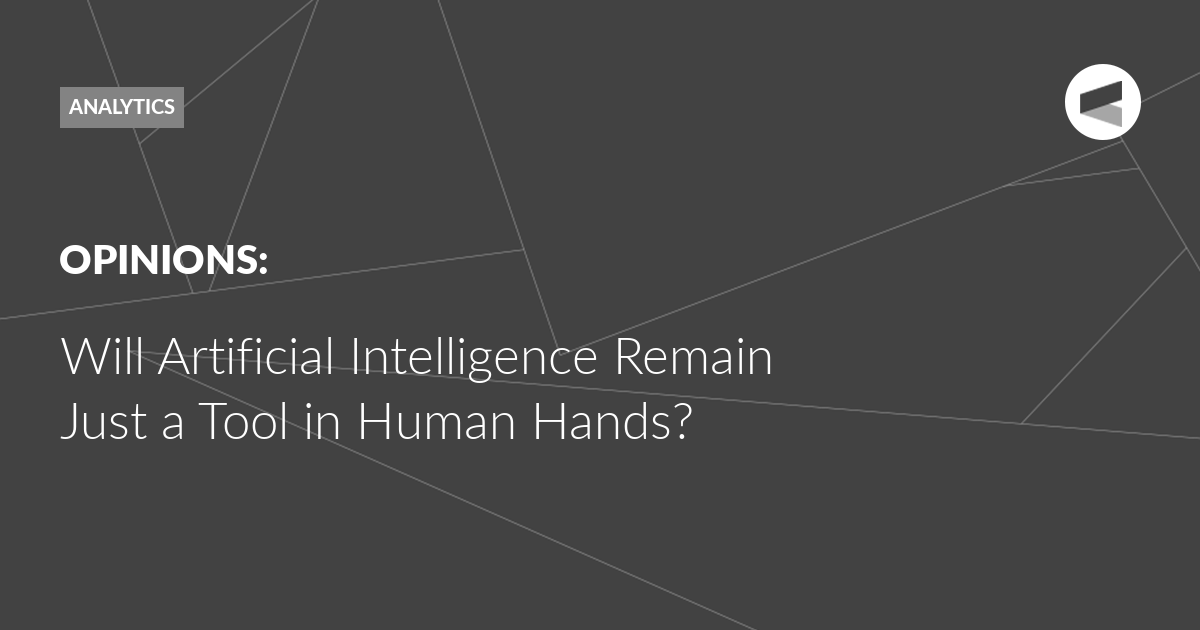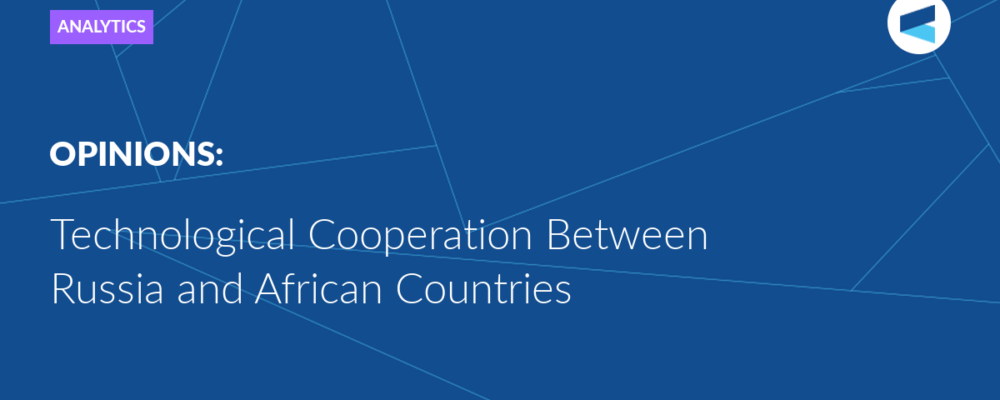Despite the fact that one may not fully understand all the processes inside the proverbial “black box”, real AI is still under the complete control of human users. Returning to the parallel with electricity, AGI can be compared to a super-complex socket: it has enormous potential, but it only works depending on who plugs into it and why. Of course, there are other views — they emphasise that as the scale and autonomy of AI systems grows, the boundaries of human control become increasingly blurred. But we are still responsible for these boundaries.
Therefore, while AI will penetrate all spheres, it will not alter the logic of global competition — it will become another tool in the hands of conflicting actors, albeit an all-pervasive tool. This is precisely the main challenge at this stage.
Understanding current trends in the development of AI will allow us to maintain strategic awareness in the context of the increasing technological dependence of world politics.
The contours of changes we can expect to happen soon are already visible. The next stage after generative AI will be AI agents: autonomous assistant systems which are also based on LLMs. The current buzz about them promises to grow louder and louder this year, but in reality they are just a superstructure. We should watch where the development model itself is heading. It leads us to the next stage — to robots.
A more complex system is needed for the development of robots — multimodal models. These are AI systems that can perceive and process several types of information at once: text, images, sound, video and even physical signals. Unlike conventional large language models (LLMs), which only work with text, multimodal ones can “look”,“listen”, “read”, and “understand” at the same time. Robots are taught the anatomy of action. Their training will require not only theoretical engineers, but also experts with real experience: mechanics, surgeons, drivers, agronomists, logisticians and military personnel. People whose hands and skills will provide the basis for the creation of future machines.
These two stages of technological progress between which we find ourselves are significantly different. Generative AI has become a tool in the hands of people who come into contact with information. Robots will help people in work that requires physical activity. They will be used to sort goods in warehouses, prepare food, assist doctors, and in patrolling and delivering. Thus, AI will finally penetrate all spheres of human life.
We must already ask ourselves about the structure of the emerging technological interdependence in the world, and therefore — the future global political landscape.
First, this concerns the nature of AI technologies themselves: will they be built on open-source solutions, available and adapted by various countries and companies, or will they end up under the control of a limited circle of states and corporations? Now we see how open models with a delay of only a few months catch up with closed ones, reproducing their capabilities in an area previously considered prohibitively difficult for open source.
Second, the process of model commoditisation is important.That is, the transformation of AI systems from a unique competitive advantage into a standard, easily scalable and interchangeable product. If basic language models become as widespread and accessible as browsers or operating systems are today, this will dramatically change the AI economy: those who adapt models to local tasks and contexts faster will gain an advantage rather than monopolistic companies.
Finally, the labour market will become a key indicator and battlefield. AI changes requirements for competencies, creating demand for new forms of creative, engineering and management activities. The country or region that quickly trains specialists who are able not only to use AI, but also to design its application, will gain a long-term advantage.
The transformation of employment is inevitable. Before the industrial revolution, a person chose a profession and was stuck with it. With the advent of industrialisation, changing professions became possible and even necessary. Now, in the age of AI, this dynamic is intensifying: job switching will become more frequent, and resilience amid change will become a core competency. Experts who master the new tools will likely become even more effective than before. This will be a shift that will open up new horizons for those who can adapt themselves.
***
A natural question arises: what can be done in the face of such rapid changes?
Continuing to theoretically reflect on technologies without relying on the real challenges that practitioners face on the AI “fronts” is fraught with avoiding pressing issues for several reasons.
First, since generative AI technologies have been in vogue for the past two years, many experts have focused on the so-called “nationality” of AI, or the sovereignty of the technology in terms of the information it generates. Those passionate about this issue quite rightly point out that our AI models (like ChatGPT in America, Deepseek in China, or GigaChat in Russia) must produce information in accordance with the policies and values of this or that state. Therefore, in their opinion, the most important thing we should do is to create our own ethical filters and sovereign datasets in our own language, which will make our models “orthodox” or at least free them from excessive political bias.
In addition to the fact that such additional settings slow down the development of large language models, the logical trap that distracts us from the essence of the problem is the following: “LLMs develop through language (national datasets/search engines), and language is, as constructivists bequeathed, culture, identity, history. This means that each large AI model is a digital mirror of the civilisation that gave birth to it. Therefore, we need to train the model so that it reflects our values as much as possible.” This is important, but the market leaders of the escalating confrontation are not striving for this.
The main goal of the largest developers of AI models at this stage is to get as many users as possible around the world, that is, to create models that are universal for the whole world. The AI application people use to perform tasks in American, Chinese or Russian — is determined at the everyday level by convenience, not ideology. The logic of markets sometimes encourages the Chinese to use ChatGPT, since it is better in some respects. Bans on Deepseek in some parts of the world have not affected the popularity of the Chinese application. People use the “Chinese digital mirror” because it is simple and easy to use.
The Valdai Discussion Club was established in 2004. It is named after Lake Valdai, which is located close to Veliky Novgorod, where the Club’s first meeting took place.
Please visit the firm link to site






